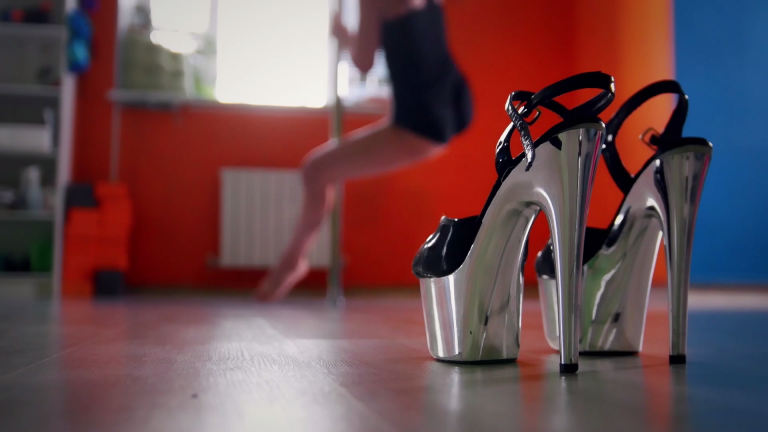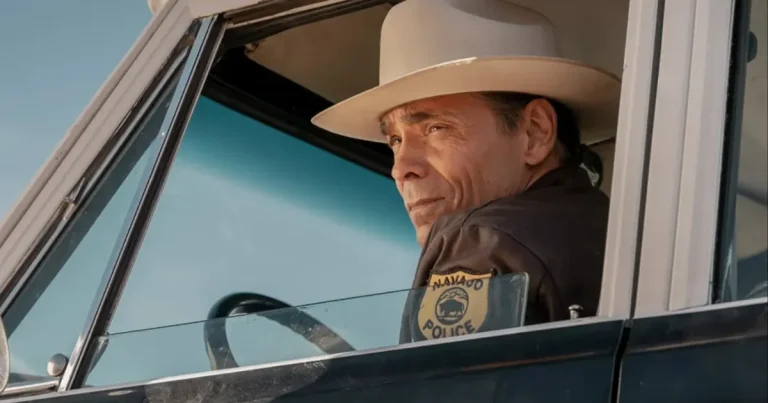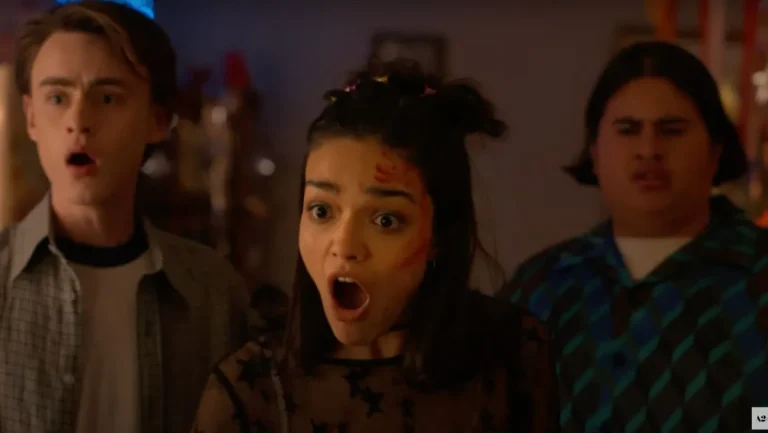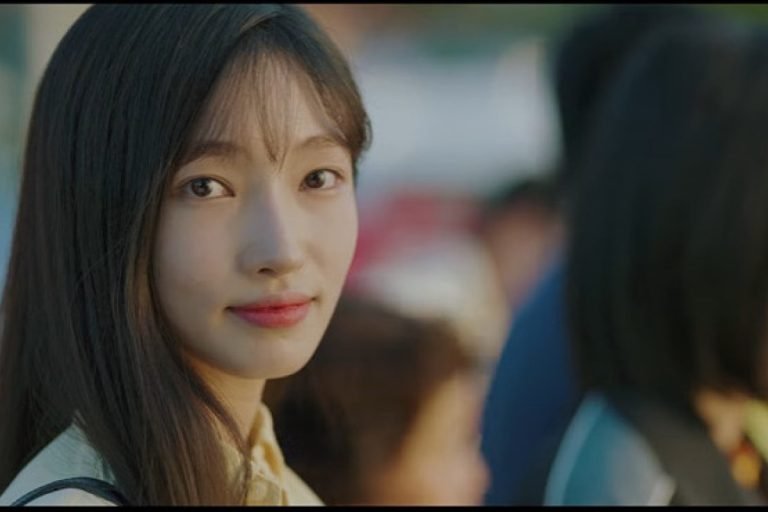Sea Sparkle (2023) ‘Berlinale’ Review: In one of my favorite books on grief, Max Porter’s Grief is the Thing with Feathers, the author imagines grief to take the shape of a crow. The intensity of the loss translates into the crow’s jabberwocky speech and hovering presence over a father and his sons as they reel under the loss of the mother.
Domien Huyghe’s film, Zeevonk (Sea Sparkle), dabbles with the same idea of loss and manages to craft an adventure out of this feeling for a teenager who has recently lost her father to the sea. The film is carefully crafted and heartbreaking by its end.
In the opening scene, a young Lena is in her father’s lap, and both of them are at the seashore in Ostend, Belgium, waiting to see the blue stars after nightfall. Lena confesses that she is afraid of monsters, and her father tells her that with him around, monsters have no chance of coming close to Lena.
Presently, Lena (played by Saar Rogiers) is a teenager and is training to be a sailor. We see her frolicking around the town with her friends and family until her father dies in a shipwreck that night. Lena is distraught with grief, but she refuses to believe that the shipwreck could have been her father’s fault. She quickly starts to imagine that there may be a sea monster or a new creature of sorts in the water that may have led to this accident.
No one believes her theory. So she must set out on an adventure to prove the truth. Does Lena ultimately find the monster at sea? Huyghe’s film derives inspiration from his personal life to re-imagine the nauseating feeling of grief, its varied coping mechanisms among human beings, and the refusal to give in to the idea of loss.
What I love most about the sea monster theory of Lena’s is its possibility to be true. It is a proven fact that the water temperature has risen due to global warming, and aquatic animals have started leaving their natural habitat in search of new habitats. Lena and her friends are aware of this global ecological shift.
![Sea Sparkle [2023] 'Berlinale' Review](https://79468c92.delivery.rocketcdn.me/wp-content/uploads/2023/02/Sea-Sparkle-2023-Berlinale-Review.jpg)
The plausibility of this theory helps drive the audience’s attention toward the actual discovery of an alien sea creature while knowing fully well that the monster may be a figment of Lena’s grief-stricken imagination. In one scene, Lena’s grief translates into anger when she kicks at the waters of the sea, just like we had seen her father do in the opening scenes.
In another, she channels her anger towards her mother for believing that her father’s actions led to his own death. Rogiers is a gifted artist, and I hope to see her star in similar challenging roles in the future. She brings Lena’s moods to life with careful perfection.
What doesn’t escape me, however, is that we are barely allowed to see glimpses of the people around Lena in their efforts to cope with the same tragedy since her father was one of the three fishermen to have passed away in that incident. Her best friend seems to be fixated on remembering her father and the memories surrounding him. Lena’s brother tries to make a rap song in his father’s memory but stumbles to sing it entirely in front of an audience. Still, the film has no scope to explore their grief parallelly.
The film’s narrative never transcends the sense of personal loss to evoke how the fishermen’s community deals with it, especially since such accidents at sea must be a common occurrence in their shared history.
Huyghe’s film is full of subdued colors in shades of blue, green, and black. These colors contrast the sunny and bright shades of happiness we see before the accident takes place. It establishes grief as a monstrous emotion that sucks out the joys and colors from life. The coastal setting of the film and the vast blackness of the sea at night help emanate a sense of fear of the unknown.
The latter could also be read as the unfamiliar realm of death that lies at the periphery of life, one into which Lena’s father has sailed, only never to come back again. Rarely have I ever felt a sense of loss so enormously in cinema as I did while watching Sea Sparkle.





![Vikram Vedha Review [2017] – A Well-made Pulpy Crime Thriller](https://79468c92.delivery.rocketcdn.me/wp-content/uploads/2017/07/cover-2-768x400.jpg)



